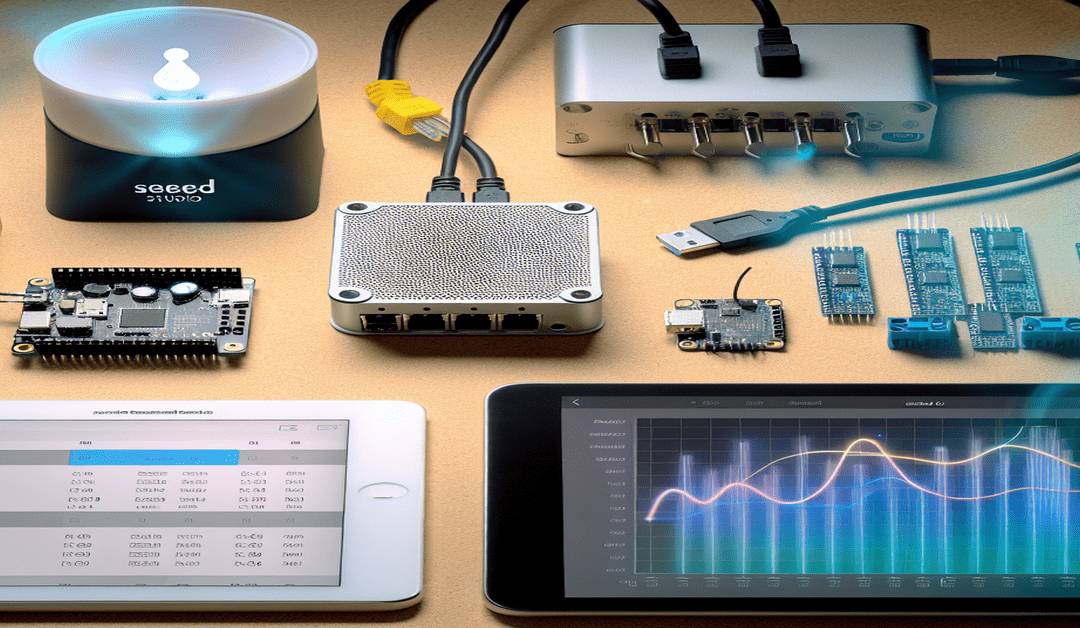Turning Predictive Analytics Into Actionable Retail Strategies
In the fast-paced world of retail, staying ahead of the competition is crucial. With the rise of big data and advanced analytics, retailers now have access to a powerful tool that can revolutionize their business strategies: predictive analytics. By harnessing the power of data, retailers can gain invaluable insights into customer behavior, market trends, and operational efficiency, enabling them to make data-driven decisions that drive growth and profitability.
The Four Pillars of Predictive Analytics
Predictive analytics is built on four core pillars: **data collection**, **data cleaning**, **modeling**, and **interpretation**. To effectively leverage predictive analytics, retailers must first collect vast amounts of data from various sources, including point-of-sale systems, customer loyalty programs, and online transactions. This data must then be cleaned and preprocessed to ensure accuracy and consistency.
Once the data is ready, retailers can apply sophisticated statistical and machine learning models to identify patterns and trends that can inform business decisions. These models can help predict customer behavior, forecast product demand, and optimize pricing strategies. Finally, the insights generated by these models must be interpreted and translated into actionable strategies that can be implemented across the organization.
Key Applications of Predictive Analytics in Retail
Predictive analytics has numerous applications in the retail industry, each with the potential to significantly improve business performance. Here are some of the most impactful ways retailers can leverage predictive analytics:
1. Inventory Management
One of the most significant challenges faced by retailers is managing inventory effectively. Overstocking can lead to wasted resources and tied-up capital, while understocking can result in lost sales and dissatisfied customers. Predictive analytics can help retailers forecast product demand with greater accuracy, enabling them to optimize inventory levels and reduce costs by up to 10% [2].
2. Revenue Prediction
Predictive analytics can also help retailers project future revenue based on historical data and current market conditions. By analyzing sales trends, customer behavior, and external factors such as economic indicators and competitor activity, retailers can gain a clearer picture of their financial health and make informed decisions about strategic investments like store expansions [2].
3. Pricing Optimization
Setting the right price for products is a delicate balancing act. Price too high, and customers may be deterred; price too low, and profit margins suffer. Predictive analytics can help retailers optimize their pricing strategies by analyzing customer behavior, market trends, and competitor pricing. By implementing dynamic pricing models, retailers can improve pricing efficiency by 15-20%, attracting customers while maintaining profitability [2], [5].
4. Product Bundling
Predictive analytics can also help retailers identify patterns in customer purchases, enabling them to create product bundles that increase sales. By analyzing which items are frequently bought together, retailers can create attractive bundles that encourage customers to spend more [2].
5. Customer Segmentation and Targeted Marketing
Understanding customer preferences and behavior is key to effective marketing. Predictive analytics can help retailers segment their customer base based on various factors such as demographics, purchase history, and browsing behavior. By tailoring marketing efforts to each segment’s specific needs and preferences, retailers can improve customer engagement and loyalty [5].
6. Fraud Detection and Prevention
Retail fraud, whether in the form of stolen credit cards or return fraud, can significantly impact a retailer’s bottom line. Predictive analytics can help identify suspicious patterns and flag potential fraud before it occurs, saving retailers millions in lost revenue [5].
Implementing Predictive Analytics: A Step-by-Step Approach
To successfully implement predictive analytics, retailers should follow a structured approach:
1. **Data Collection and Integration**: Gather data from all relevant sources, including transactional data, customer data, and external market data. Ensure that data is collected consistently and stored in a centralized repository [1], [5].
2. **Data Cleaning and Preparation**: Before analysis can begin, data must be cleaned and preprocessed to remove inconsistencies, errors, and outliers. This step is critical to ensuring the accuracy and reliability of predictive models [1], [5].
3. **Modeling and Feature Selection**: Apply statistical and machine learning models to the prepared data to identify key factors that predict desired outcomes. Techniques such as regression analysis, decision trees, and neural networks can be used depending on the specific use case [1], [5].
4. **Interpretation and Action**: Translate the insights generated by predictive models into actionable strategies that can be implemented across the organization. Continuously monitor and refine the approach based on feedback and changing market conditions [1], [5].
The Future of Retail: Predictive Analytics and Beyond
As the retail landscape continues to evolve, predictive analytics will play an increasingly important role in shaping business strategies. By leveraging the power of data, retailers can gain a competitive edge, improve operational efficiency, and enhance customer satisfaction.
However, predictive analytics is just the beginning. As artificial intelligence and machine learning technologies advance, retailers will have even more powerful tools at their disposal. From personalized product recommendations to fully automated stores, the future of retail is full of exciting possibilities.
To stay ahead of the curve, retailers must embrace a data-driven mindset and invest in the tools and talent necessary to harness the power of predictive analytics. By doing so, they can not only survive but thrive in the face of increasing competition and changing consumer expectations.
#PredictiveAnalytics #RetailStrategy #DataDrivenDecisions
Are you ready to transform your retail business with predictive analytics? Don’t get left behind – start leveraging the power of data today to create actionable strategies that drive growth and profitability. Share your thoughts and experiences in the comments below, and let’s start a conversation about the future of retail!
-> Original article and inspiration provided by ReviewAgent.ai
-> Connect with one of our AI Strategists today at ReviewAgent.ai

